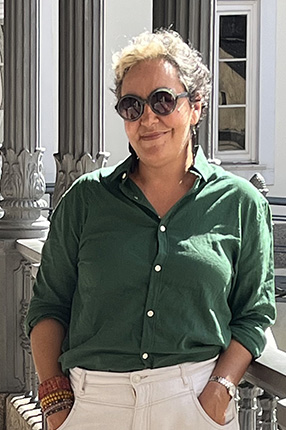
Largely driven by social movements such as ‘decolonization’ and inclusion, coupled with increased interest from historians of science, exhibitions are also presenting more complex, innovative, and non-traditional narratives about the past. This includes the presentation of discomfort stories, controversies, citizen science and interdisciplinary perspectives. They have also learned to become more relevant to the university first and second missions – teaching and research.
As new and renovated university museums open in Europe, we will briefly revise the last two decades of the sector with the aim of identifying main driving forces and actors in addition to discuss future perspectives and challenges. The talk is held by Marta C. Lourenço, director of the National Museum of Natural History and Science at the University of Lisbon.
In addition to being museum director, Marta C. Lourenço teaches Material Culture of Science in the Masters of History and Philosophy of Science at the Faculty of Sciences, University of Lisbon. She is also a research member of the Interuniversity Research Centre for the History of Science and Technology at the University of Lisbon, and the national coordinator of the Portuguese Research Infrastructure of Scientific Collections.
She has been President of Committee for University Museums and Collections (UMAC) of International Council of Museums (ICOM) and a founding member of Universeum – The European University Heritage Network.